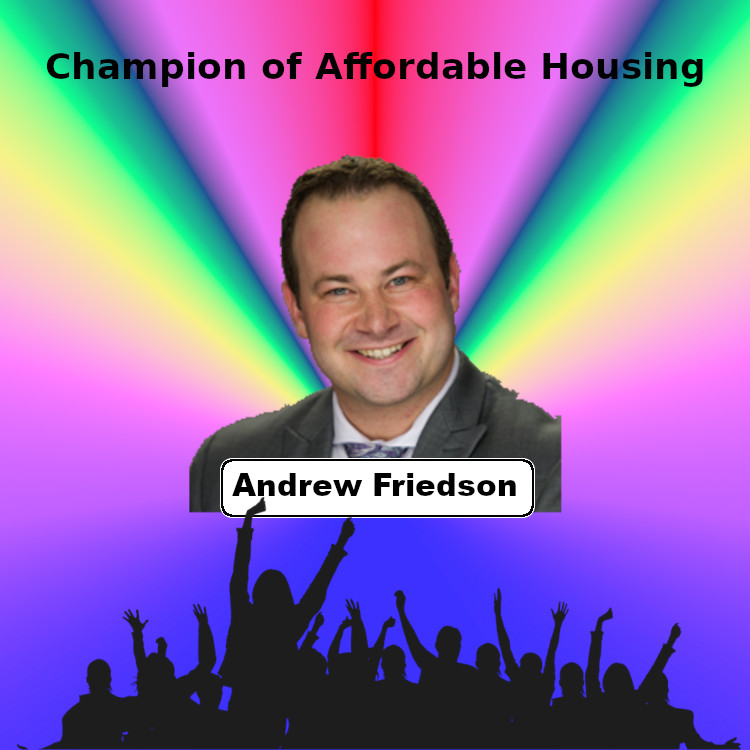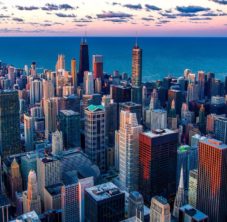There are reasons I don’t get invited to parties, the most obvious being my enthusiasm over liberalization in zoning laws. A typical conversation when I meet someone new at a wedding goes like this. “What are your hobbies?” “Pushing for removal of height restrictions. Yours?” “I’ll go get myself another brewsky. You stay here.”
Just as we finished our series on Zoning Text Amendment ZTA 23-10 (no parking restrictions near transit centers), council reformer Andrew Friedson introduced another liberalization to the county’s zoning laws. This time it’s ZTA 24-01, Household Living – Civic and Institutional Uses. The one-line summary is that houses of worship and private educational institutions can construct apartment buildings and townhouses on their properties.
Are religious and educational organizations worthy of such an exemption?
Many of county’s religious organizations have accumulated a stellar record for serving the disadvantaged. One example is Interfaith Works, a modest, humble, group of believers that for decades has been serving those in need. The county’s Food Assistance Resource Map lists a variety of organizations that contribute to food security, many of them Christian. The implied thinking in ZTA 24-01 is that religious organizations have an inherent commitment, spiritual and financial, to minister to the poor, and as such would be willing to incur the cost of land and construction, or allocating some of their own existing infrastructure, for affordable housing.
Does this mean your beloved church, temple, synagogue, or mosque can convert an unused playground into an upscale assisted living facility providing consistent cash flow and freeing your members from repeated donation requests? Can a private school build housing on its lot, generate income, and help reduce tuition costs? And will ZTA 24-01 bring on badly needed housing stock, affordable or otherwise? Let’s see.
First, a quick review of residential zoning labels. RE-2, RE-1, R-200, R-90, and R-60 refer to a residential structure on two acres, one acre, 20,000 square feet, 9,000 square feet, and 6,000 square feet, respectively. By far the only construction allowed on these plots is a single family detached (SFD) structure. (ZTA 19-01 amended that rule to allow an auxiliary dwelling unit in these plots.)
There is an astonishingly large number of lots throughout the county zoned RE1/2 and R-200/90/60, and that is arguably the largest factor contributing to the high cost of housing—upscale or affordable. The huge liberalization in ZTA 24-01 is that houses of worship and private schools can construct higher density housing on these SFD lots!
Alongside the liberalization comes a whole lot of restrictions. As with any restriction, one demographic benefits at the expense of another.
In RE-1, R-200, R-90, and R-60 zones
| Restriction | Benefits | Impacts |
| Structures must be accessible; less than 5% grade; parking space size adequate for handicapped-accessible vehicle | Low-income residents with disabilities. | Low-income residents without disabilities. |
| Bus service must be available on the adjoining street; a Metro station must be within two miles; a public park must be within 1,000 feet | Low-income residents with no private transportation | Low-income residents with private transportation |
| Minimum tract size 2 acres | Avoids possible conflicts between neighbors in smaller developments. | Prohibits opportunities for affordable housing next to public transportation and parks. |
| No reduction in parking spaces | Low-income residents with private transportation | May increase cost of construction (see related article How Parking Mandates Restrict Affordable Housing). |
In RE-2 zones:
| Restriction | Benefits | Impacts |
| Property must service existing house of worship or private school; height and setback restrictions must be obeyed; minimum 3% common space; no upgrades to existing water and sewer | Preserves to the extent possible the existing character of a low-density neighborhood. | Prevents organizations from purchasing land for affordable housing. |
| 50% of units are affordable to those earning 60% AMI or less for 30 years; 10% of units are affordable to those earning 30% AMI or less for 30 years; 20% of units are affordable to those eligible for the MPDU program. | Extremely poor residents earning below 30% AMI. | Reduces additional housing stock for residents earning above 30% AMI. |
I’ve been on my share of boards of directors, and I can tell you that some of these restrictions will deter some organizations from engaging in projects of this type. “Do we really want to commit our small church to a 30-year housing project?” Similarly, some well-intentioned boards are prevented from participating. “We have an empty R-200 lot, but we can’t build affordable housing because it is more than 2 miles away from Shady Grove Metro.” My sense is that these restrictions will reduce the amount of housing (affordable or otherwise) that a sincere congregation or school would like to provide, both for future residents and for themselves. Presumably the Office of Legislative Oversight will do its own analysis and give us a clearer idea of what can be expected.
Nevertheless, within two months we have two modest liberalizations in restrictive zoning, and for that we should be thankful.




